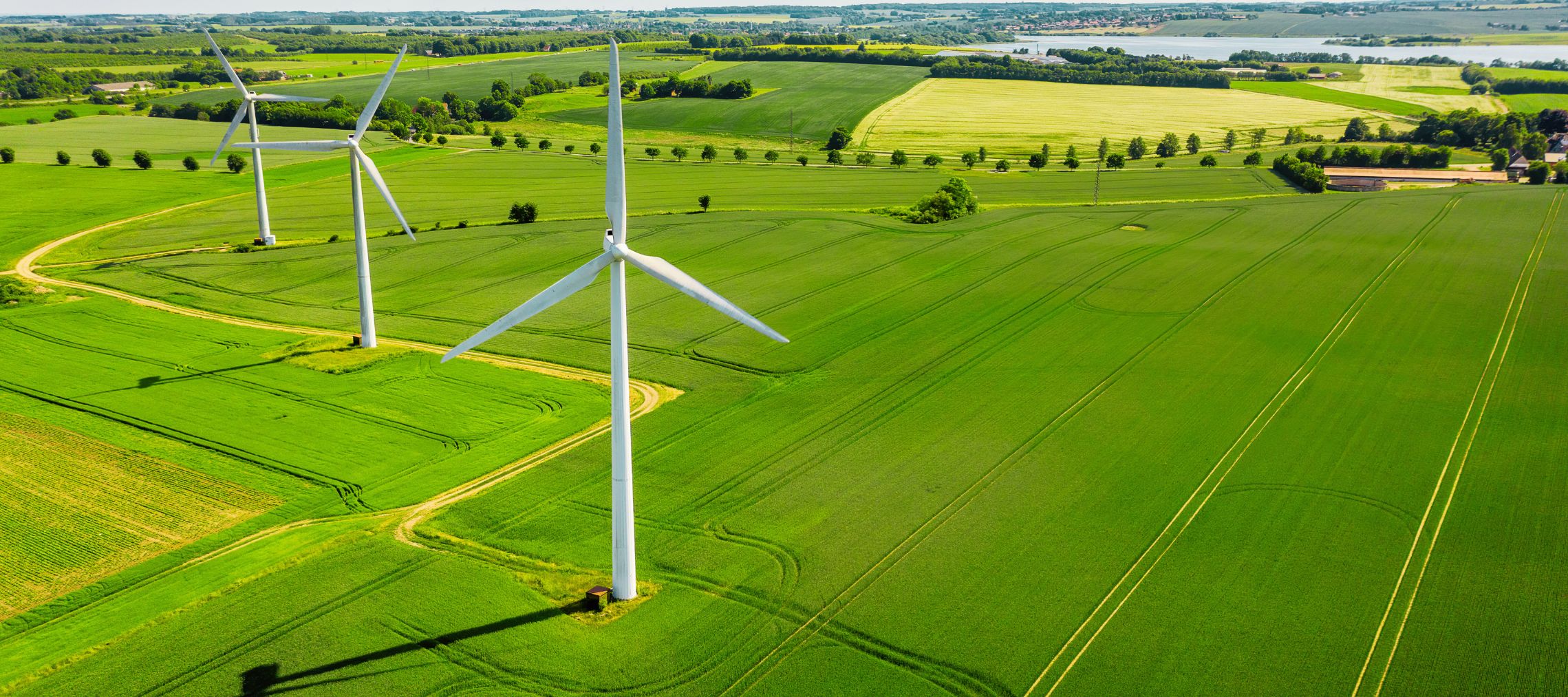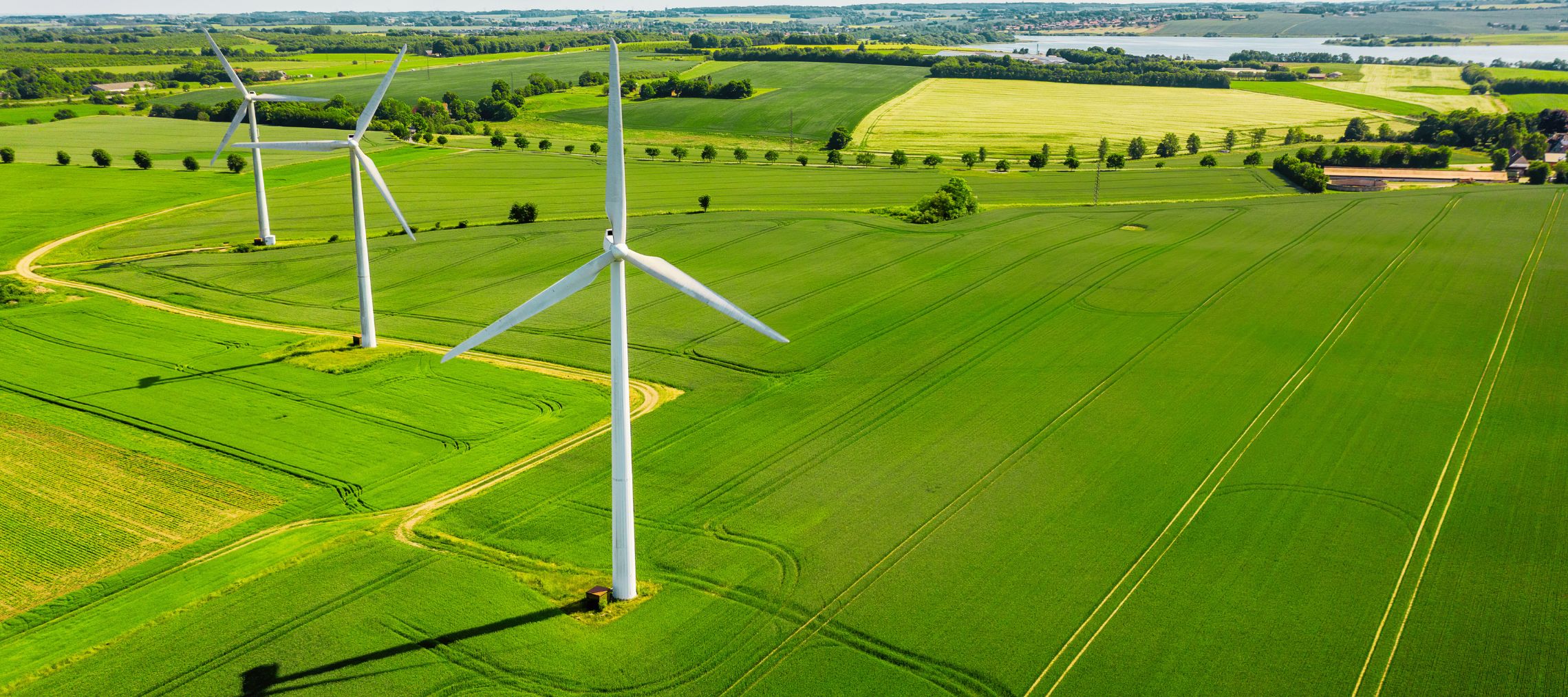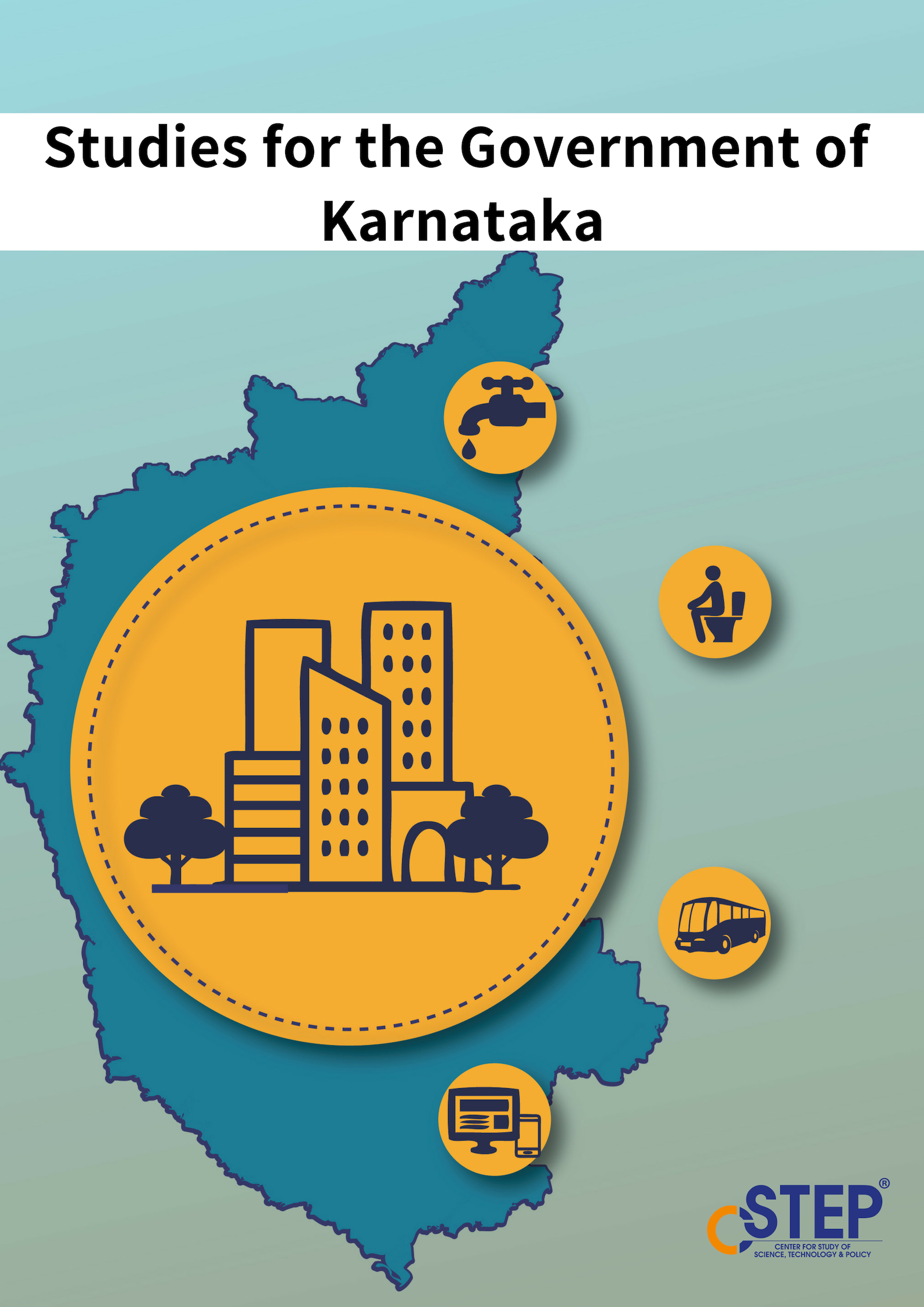Fossil fuels are deeply tied to electricity generation, industrial operations, and transportation among other crucial sectors and cannot be easily dissociated from energy use. CSTEP focuses on a greater integration of renewables and reduction of waste energy in such sectors. This includes working with utilities to improve rooftop solar penetration, mapping potential of various renewables across the country, and analysing energy usage of MSMEs to reduce their fossil fuel consumption.






Scope for deep decarbonisation in the MSME manufacturing sector
The Micro, Small and Medium Enterprise (MSME) industries are still majorly dependent on fossil fuels for their energy requirements, making them particularly susceptible to increasing fuel prices. With energy costs having a substantial share in the overall manufacturing costs, the need for sustainable alternatives is crucial. Decarbonisation of MSMEs is necessary to reduce fossil fuel dependency in the industrial sector.
Could MSMEs provide a second chance for solar thermal technologies?
India’s nationally determined contribution (NDC) target has been updated to achieve 50% cumulative electric power installed capacity from non-fossil fuel sources by 2030.
Accelerating the future of solar energy in India through AI
As India fully embraces the renewable energy (RE) transition and works to achieve its energy targets, harnessing the potential of artificial
intelligence (AI) can cause a transformative shift in the energy sector and pave the way for a smart energy future.
A straw in the wind - Will achieving grid parity propel India’s offshore wind?
India is endowed with a 71 GW offshore wind potential, as per the assessment by the National Institute of Wind Energy (NIWE), but the country is yet to set up its first offshore wind plant. In a timely move, the Government of India has initiated bids for offshore wind development of a 4 GW capacity recently.
Navigating the Agricultural Biomass Supply Chain in India
By February 2024, India's biomass power capacity had surged to 10,845 MW as per the Ministry of New and Renewable Energy (MNRE). This surge in biomass power is crucial for India as it aims to meet 50% of its energy requirements from renewables.
Integrated Value Chain Approach for Agrivoltaic Systems
The narrative on agrivoltaics (agriPV) primarily revolves around farmers, recognising their central role in integrating solar energy with agriculture. Increasing farmer incomes and other co-benefits is a critical component in any government plan for agriPV across the globe. However, in a country as diverse as India, it is crucial to explore innovative strategies for agriPV that go beyond the farmer-centric business model. In this context, engaging companies working in the agricultural space can be instrumental for the advancement of agriPV.
Collaborative Approach: Leveraging regional alliances for green energy growth
Click here to read the full article
Towards Net Zero 2070 Through Sustainable Battery Storage Adoption in India
India's commitment to the EV30@30 initiative that targets at least30% of vehicle sales to be electric by 2030 translates into adding24 million two-wheelers, 2.9 million three-wheelers, and 5.4 million four-wheelers to its EV fleet by 2035. To meet this demand and reduce its reliance on global EV-component markets, India requires around 3,400-4,100 GWh of lithium-ion batteries (LIBs) by2035, estimates the International Council on Clean Transportation.
The Solar PV Market in India: Technical Progress and Opportunities
So far in this series, we discussed different aspects of India’s solar PV sector, including taxation, policies, and the journey towards sustainability. In this concluding piece, we focus on popular technologies, innovations, challenges, and opportunities.
The Solar PV Market in India: Bridging the Gaps
India’s solar photovoltaics (PV) market is rapidly growing. However, to reach the ambitious goal of 500 GW of renewable energy by 2030, there is a pressing need to increase installed capacity and generation targets. With only around 62 GW of installed solar capacity achieved by the end of 2022, India fell short of its 100 GW target for the year. Favourable policies, financial support, technological advancements, and a competitive market are essential for further advancing the growth of India’s solar PV sector.